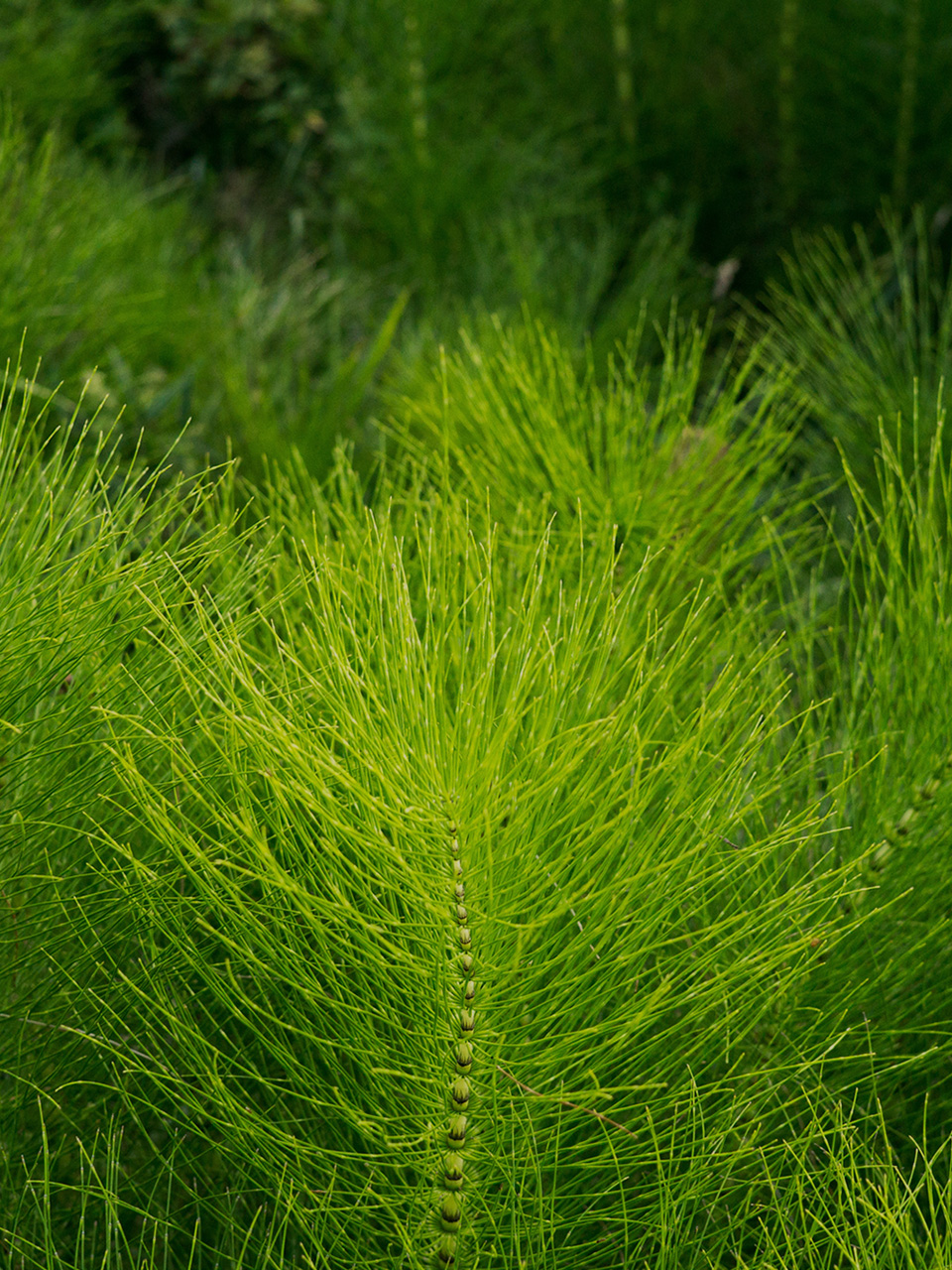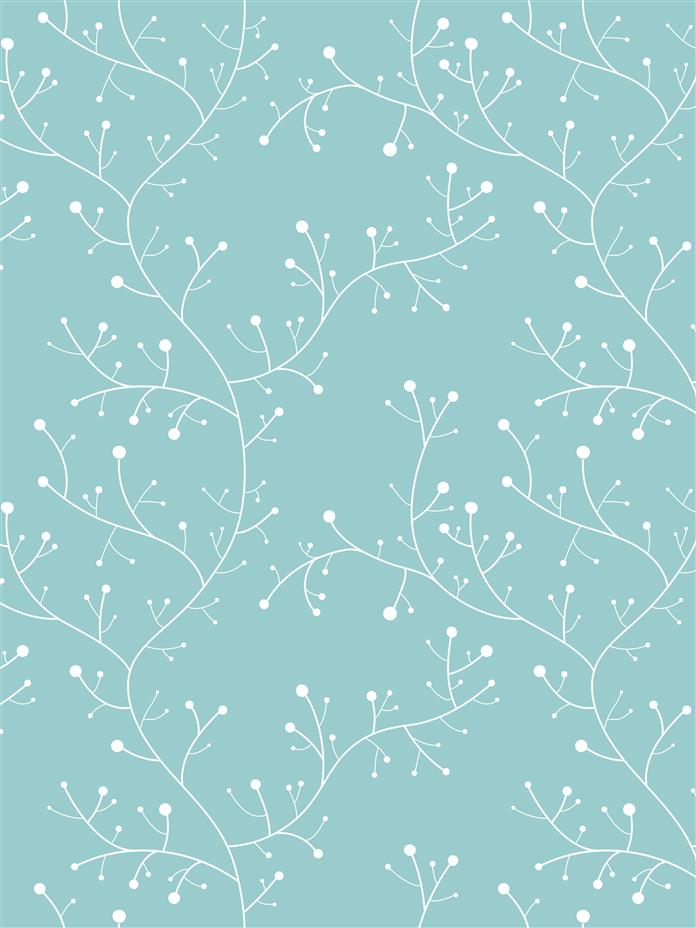Often misconceived as weed, a horsetail plant is known for its medicinal as well as decorative applications. Tap through to know more about it.

Tap to Read ➤
Horsetail Plant
Kanika Khara


Often misconceived as weed, a horsetail plant is known for its medicinal as well as decorative applications. Tap through to know more about it.

Named as 'horsetail' due to its stalk resembling the tail of a horse, this vascular plant belongs to the family Equisetaceae. Scientifically, the plant is known as Equisetum. The name has been derived from Latin words equus and seta meaning horse and bristle, respectively. Horsetail is an ancient plant from the carboniferous period, and hence, is the only surviving member of those varieties that grow as tall as trees.

It has reed-like segmented green tubes which grow up to a height of 4 - 5 feet. With alternate black and gray bands at both ends of each segment. This nonflowering plant has greatly reduced, nonphotosynthetic leaves, that grow in whorls fused into nodal sheaths with a single, vascular trace.

However, its stems are green and photosynthetic in nature, often coated with abrasive silicates, hence, making them ideal for cleaning metal or tin items. This variety is widely grown in temperate climate zones of the Northern Hemisphere, including Asia, North America, and Europe.

Uses
Being an effective herb, in many cultures, it is considered as a remedy for kidney and bladder problems, arthritis, bleeding ulcers, tuberculosis, conjunctivitis and corneal disorders, dysentery, flu, swellings, and hemorrhoids. It also acts as a great detoxifying agent and carries diuretic properties that are highly beneficial in relieving kidney congestion and other kidney-related problems.

This plant also reduces the risks of excessive bleeding in case of an injury and promotes the building of healthy blood cells. Besides these health benefits, it is used as a hair rinse to get rid of fleas, lice and mites and is also used as a polish agent on wooden floors and furniture. The stem acts as an efficient antifungal treatment against mildew, mint rust, and blackspot on roses.

Care
It can be planted either in a container or directly in the ground. Since it gets evasive when planted in the ground, many people prefer growing it in pots or containers. The plant grows well in a moist, organic rich soil having pH between 4.5 to 6.5. Plant it in a wet, marshy area with full to partial sunlight like a water garden or pond. Pot it in a container with drainage holes in the bottom and filled with moist, organic rich potting soil.

Now dig a hole in the ground of the same diameter and depth as the container and place it into the hole. Regularly check the moisture content of the soil as the plant won't do well in a dry soil. In order to maintain this plant's appearance and to ensure its healthy growth, it is essential to prune it well by cutting off the old canes or stems which have turned dry and brown.

The long, green, tubular reeds with dark-colored joints growing up to 4 - 5 feet tall, give this plant the most elegant and refined look, and hence, is a pond landscaping epicure's delight.